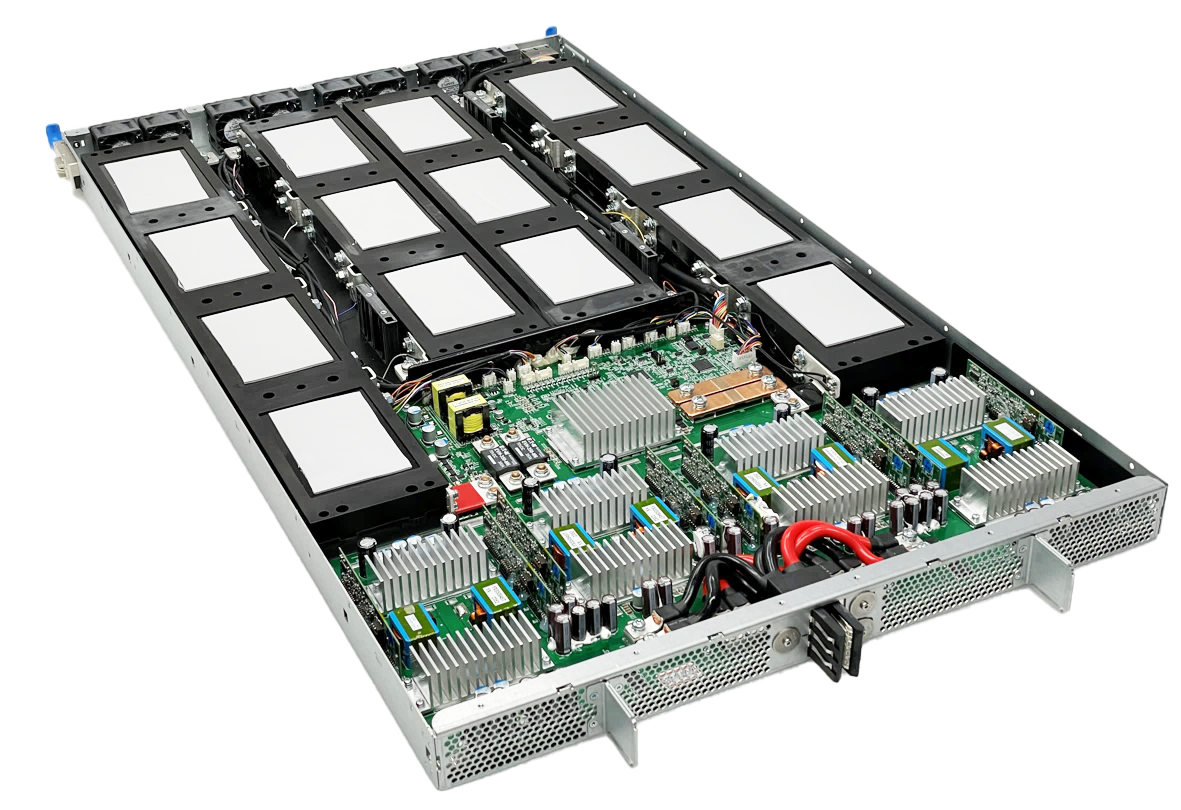
Solucione los desafíos energéticos en los centros de datos de IA
Los centros de datos dependen cada vez más de la implementación de GPU para satisfacer los requisitos de carga de trabajo, y se espera que las ventas de GPU crezcan a >$190 mil millones para 2033Las GPU ofrecen un rendimiento computacional increíble, pero también suponen un desafío para la gestión de energía del centro de datos en forma de caídas de voltaje (Vdroop), lo que crea un mayor riesgo de fallas del sistema y limitación del rendimiento.

El Flex Sistema de almacenamiento de energía capacitivo (CESS) Modula las fluctuaciones de potencia asociadas con el entrenamiento/inferencia de IA y las cargas de trabajo de computación de alto rendimiento (HPC) mediante una combinación de tecnologías dinámicas de almacenamiento y gestión de energía. Este sistema patentado puede implementarse en racks de GPU para optimizar el tiempo de actividad y el rendimiento del centro de datos, y proteger la red eléctrica de perturbaciones en la línea.
El CESS Flex incorpora Supercondensadores híbridos Musashi conocido por su excelente densidad de potencia, longevidad, y fiabilidad.




